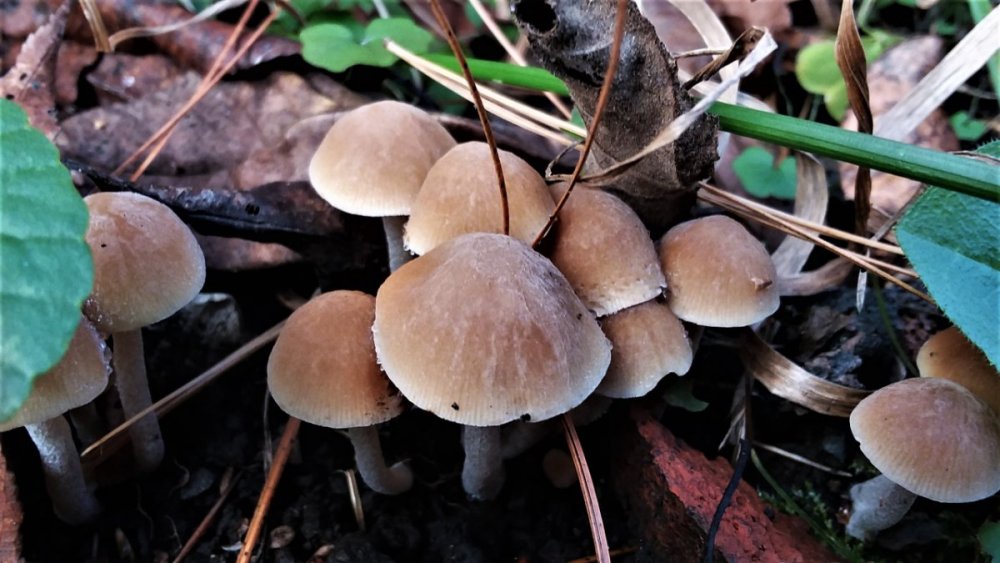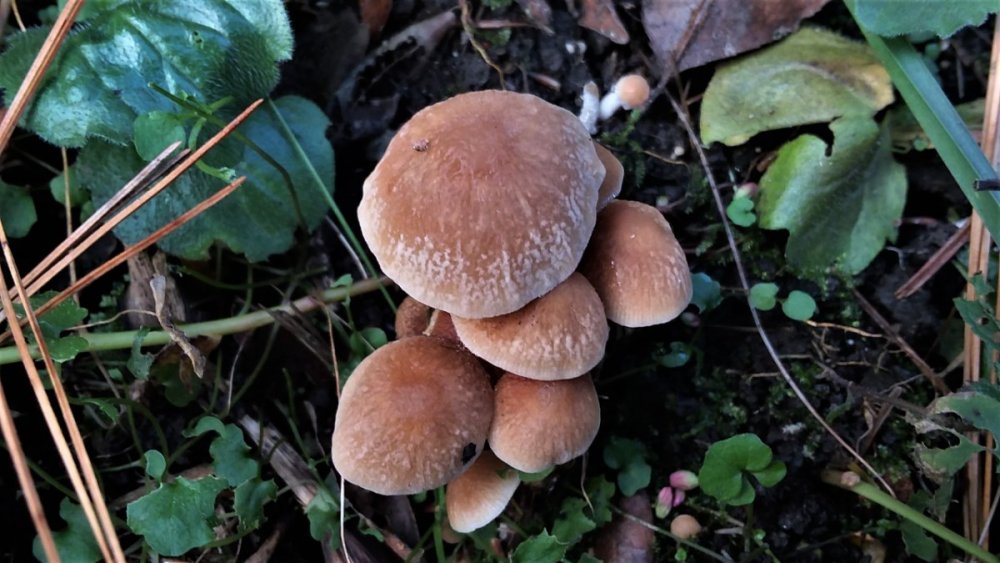

bobby b
Members-
Posts
350 -
Joined
-
Last visited
Everything posted by bobby b
-
Looks like Agrocybe. I don't know about toxicity.
-
Yes, looks like it. The granules rinsed off. I used them once in chicken gravy and they were good.
-
Nice haul foul hook. " M. sceptriformis". Been picken a lot of diminutiva the last couple years not being able to tell the difference. The rain has a second flush coming up. Couple photos from today.
-

These might be growing on ash roots
bobby b replied to Kevin Hoover's topic in Identifying Mushrooms
They look like a Pluteus. Gills free, they will become pink. Pink spore print. Maybe P. petasatus, they have small scales in the center. ?? P. cervinus ( a group) usually has radial streaking on the cap. ?? -
It is confusing, G. ventricosus is a west coast species which mushroomexpert.com says grows only on conifer wood and caps can be 16 inches accross. G. junonius and G. spectibilis are synonyms according to mushroomexpert.com and are widely distributed in N.A. Some say that G junonius doesn't even occur in N.A. Here's a short article on the G. junonius group, New species in the Gymnopilus junonius group (Basidiomycota: Agaricales) Maybe Dave W, this web sites resident expert, will weigh in.
-
California Fungi: Species Index
-

Identifying this large mushroom I’ve found.
bobby b replied to yuri's topic in Identifying Mushrooms
Looks like an old pheasantback from last year, cerioporus squamosus. They are now starting to grow here in Pgh PA. If it is a pheasantback, it's edible when fresh but not the best. -
Looks like an inedible Gymnopilus Ventricosus. Do a spore print, it would be rusty orange. You can nibble a small amount & spit it out. Bitter taste in Gymnopilus. The website Fungi of California has a species index that has photos of this.
-
Psathyrella like. Purple black spore print. Early spring time frame narrows it down. Maybe P. condolleana??
-
Found in mature forest of oak, poplar & elm, light brown spore print. The print wasn't heavy enough to see the precise color but the gills matured to cinnamon brown. Conocybe ?, Galerina vittiformis ? Growing in the soil. The base of the stem with a tiny ball.
-
Found 6 blacks on monday under live elms with a few dead elms mixed in. Last year there were 5 under the same trees. The ash were mostly gone before I started. I lost that knife last morel season and when I spotted the first morel of this year, the knife was one foot away.
-
Looks like a Conocybe. Two toned, Hygrophanous. ?? Conocybe's spore print is cinnamon brown. In the warmer months I see Conocybe apala in areas of cut grass.
-

Need help with ID of this mushroom all over my neighborhood
bobby b replied to Maynard's topic in Identifying Mushrooms
Try Inaturalist. You'll need to register to post. Select add an observation, select from photos, drag & drop a photo from your photos and when you click on the species name it will give several species to choose from. Sometimes the first choice is it, sometimes it's off. It took me many tries to get the hang of posting. -
Looks like Polyporus badius (mushroomexpert), on mycoquebec (Picipes badius), on wikipedia (Royoporus badius). It has tiny pores with a white spore print but it's difficult to obtain. ??
-
Maybe Tubaria furfuracea. A small brownish cap mushroom that grows during cold months in mulch. This would have a brown spore print. ?? I don't know about mushrooms absorbing dye but some people use certain mushrooms for dyeing purposes.
-
Cool looking Amanita. Wikipedia list 8 sections of Amanitas with Section Lepidella replaced by Roanokenses & a new third subgenus Lepidella (=Saproamanita) which I think contains the saprobic Amanitas. Inaturalist seems to waffle using both the old and the new classifications. Bunyard and Justice have a new Amanita book for North America that uses the older classifications.
-
Maybe Coprinellus disseminatus. The gills would darken with spore production. Blackish spore print. ??
-
Mushroomexpert.com has a tree section and for some of the trees it gives associate mushrooms.
-
They have gills, close to tight running down the stem.
-
Nice job Dave. Thanks! I posted this on WPMC Inaturalist project and a guy with the handle "biglaughinggym" suggested subgenus homophron. Thanks again!
-
-
The caps look like Tricholomopsis. ?? Spore print would be white. The spore print for Gymnopilus would be orangish to rusty brown. Here's a short article Alan Rockefeller posted on I naturalist. https://cdnsciencepub.com/doi/10.1139/cjb-2020-0006
-
When I scraped it together the color was dark reddish which I guess makes Psathyrella a possibility. It's been mailed.

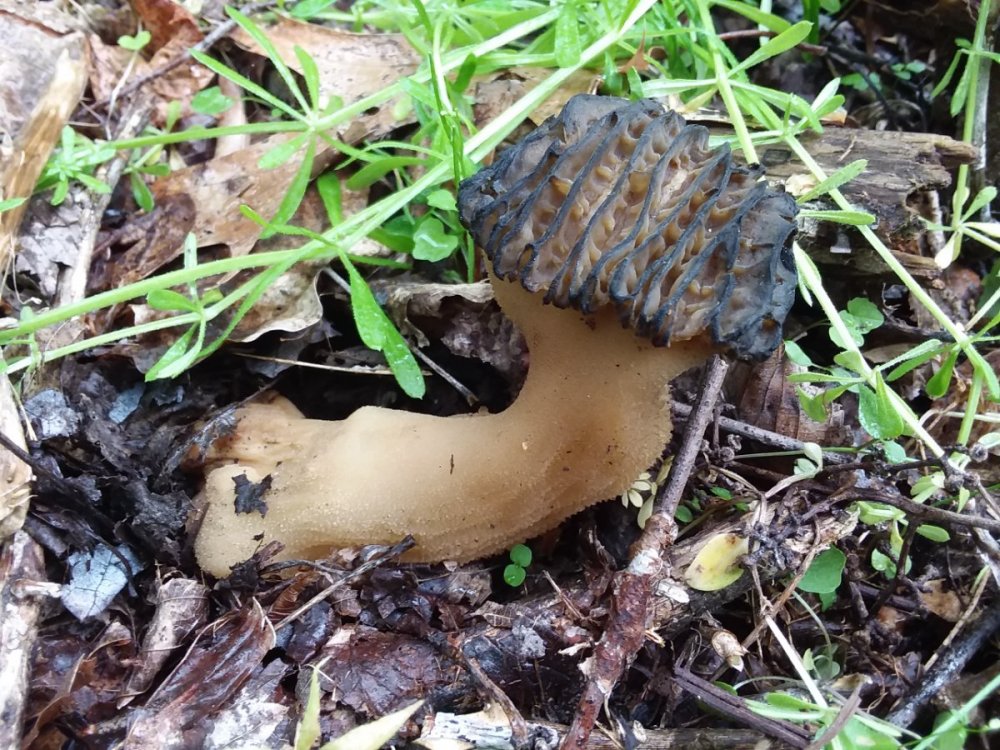
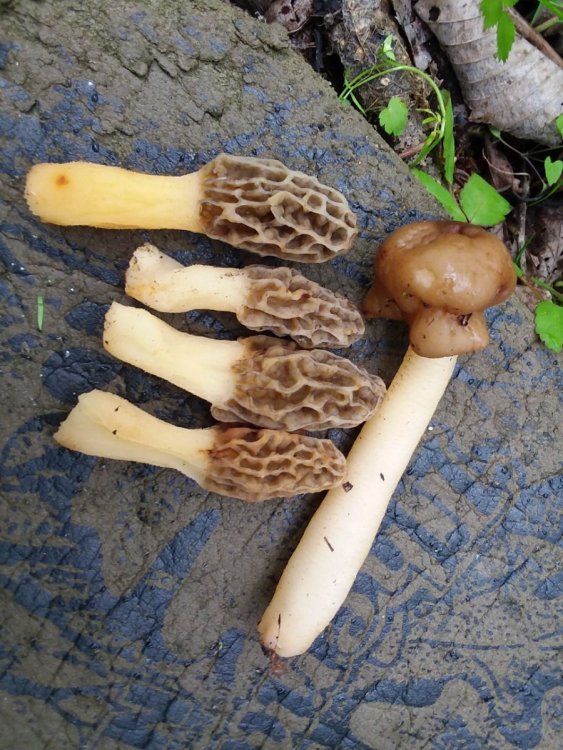
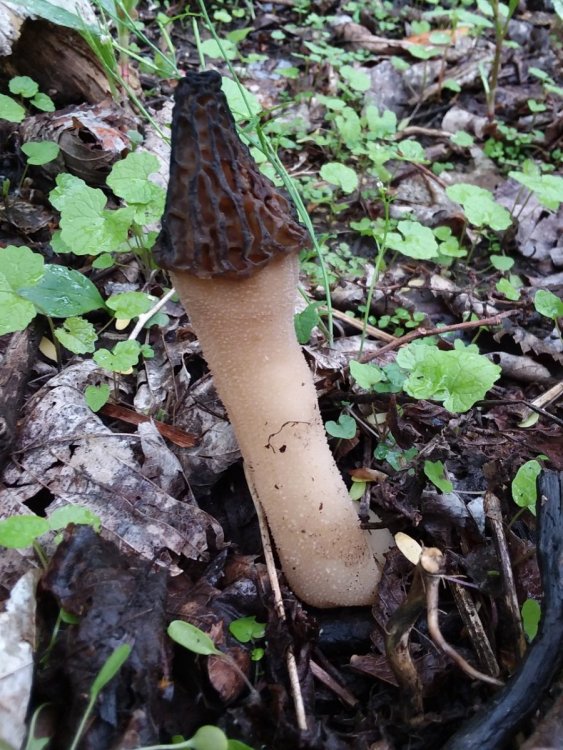
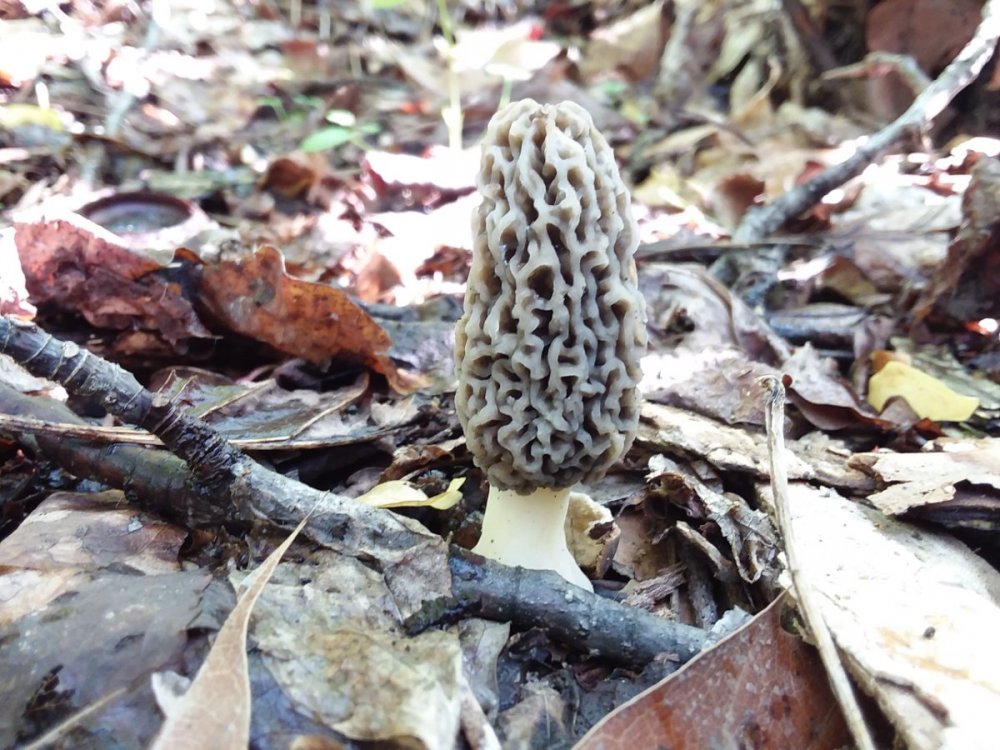
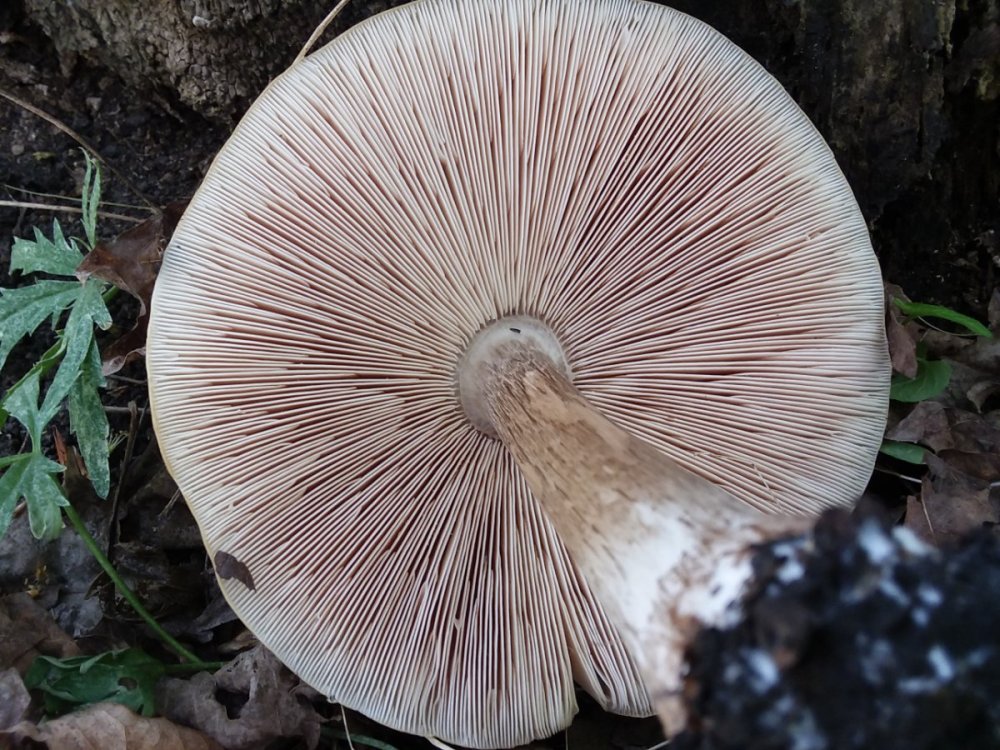
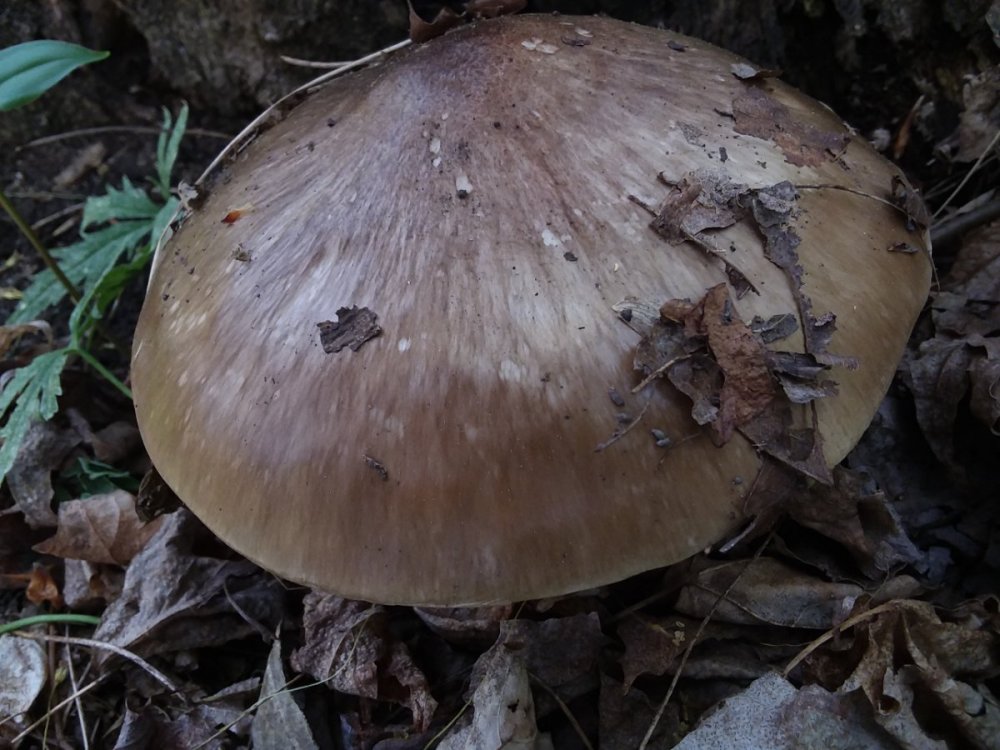

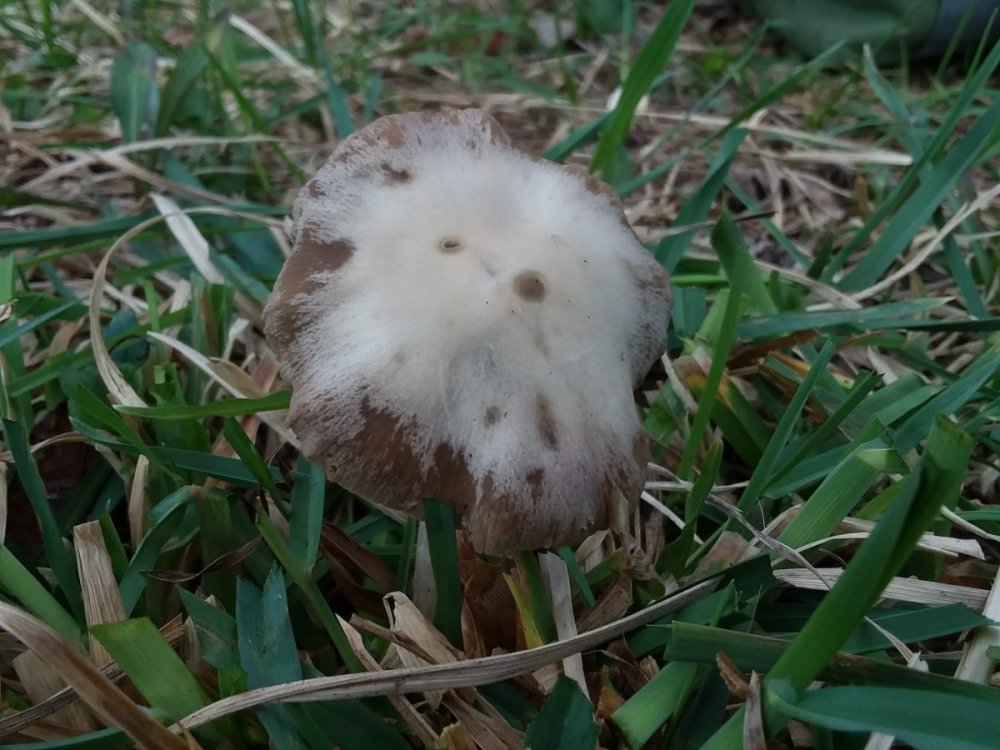
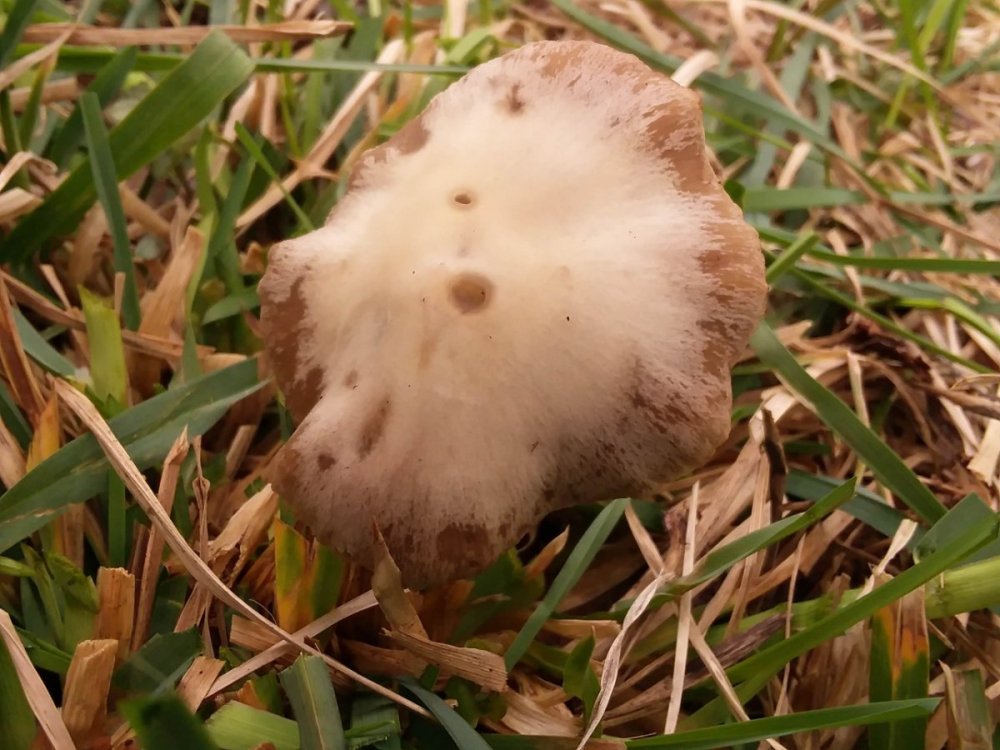
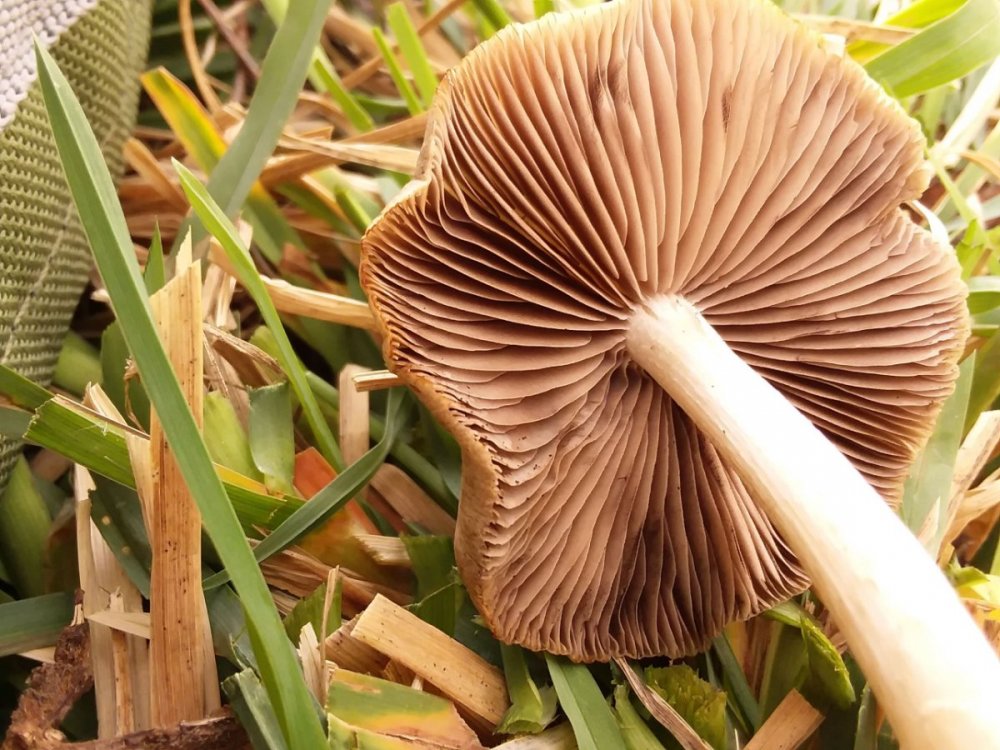
.thumb.jpg.3c803e0c7b019940e9d344fc395e829f.jpg)
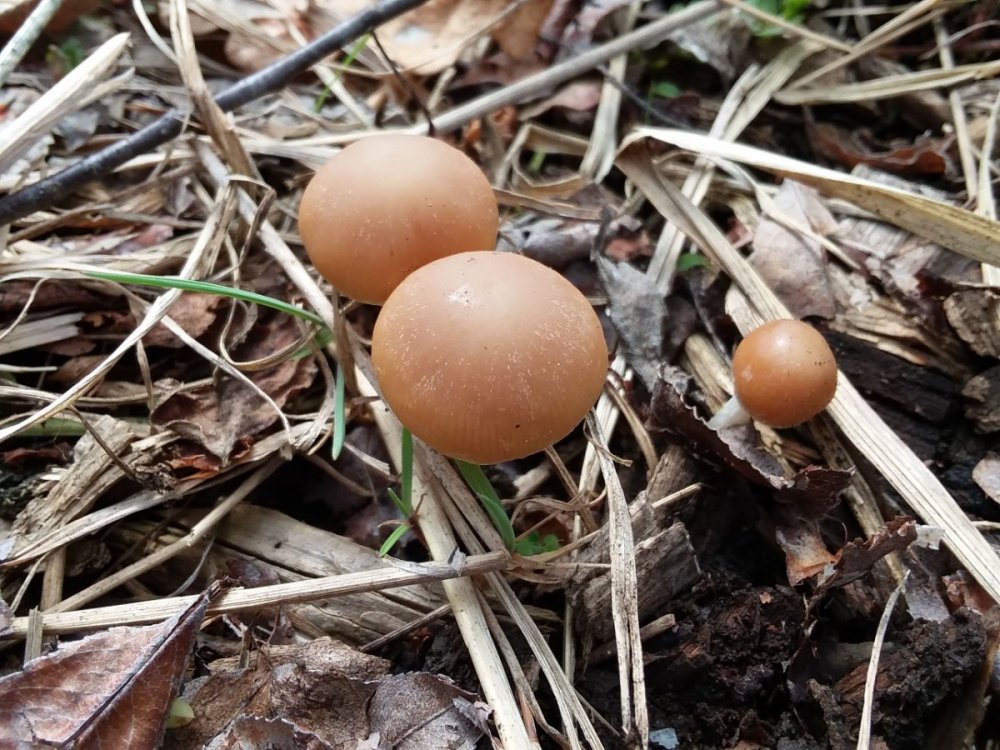
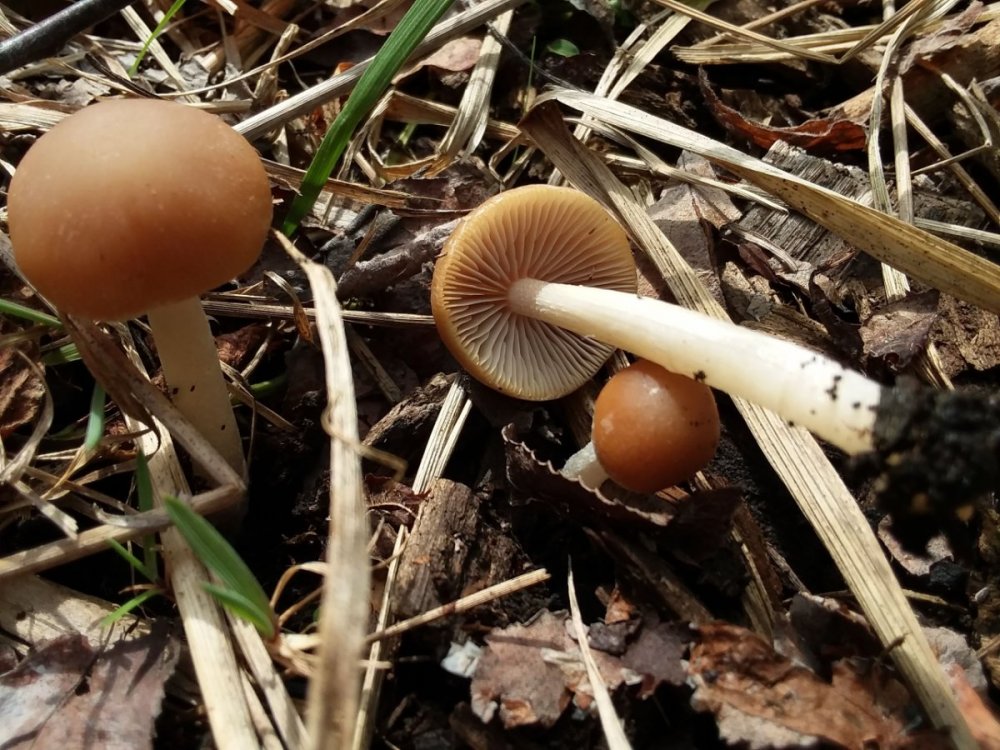




.thumb.jpg.ac10b1a41d9563b1382cd8da15988371.jpg)

.thumb.jpg.e688bb2c9fb602b23a25e606ffa9a89e.jpg)
